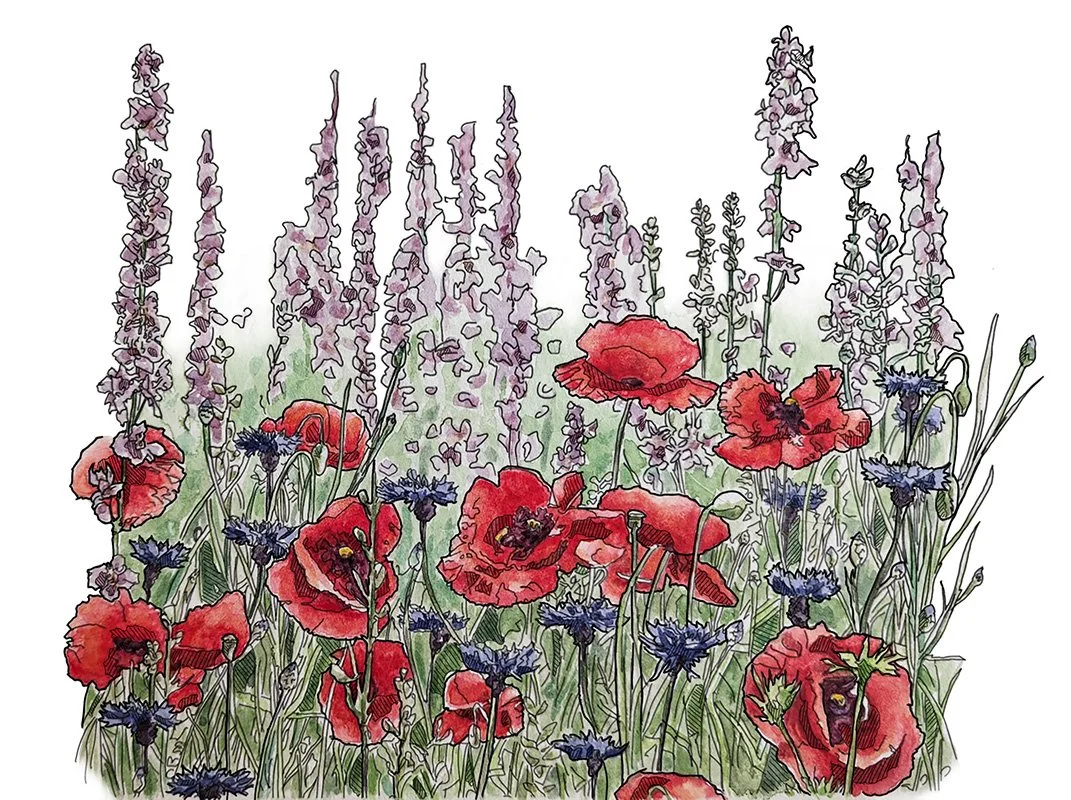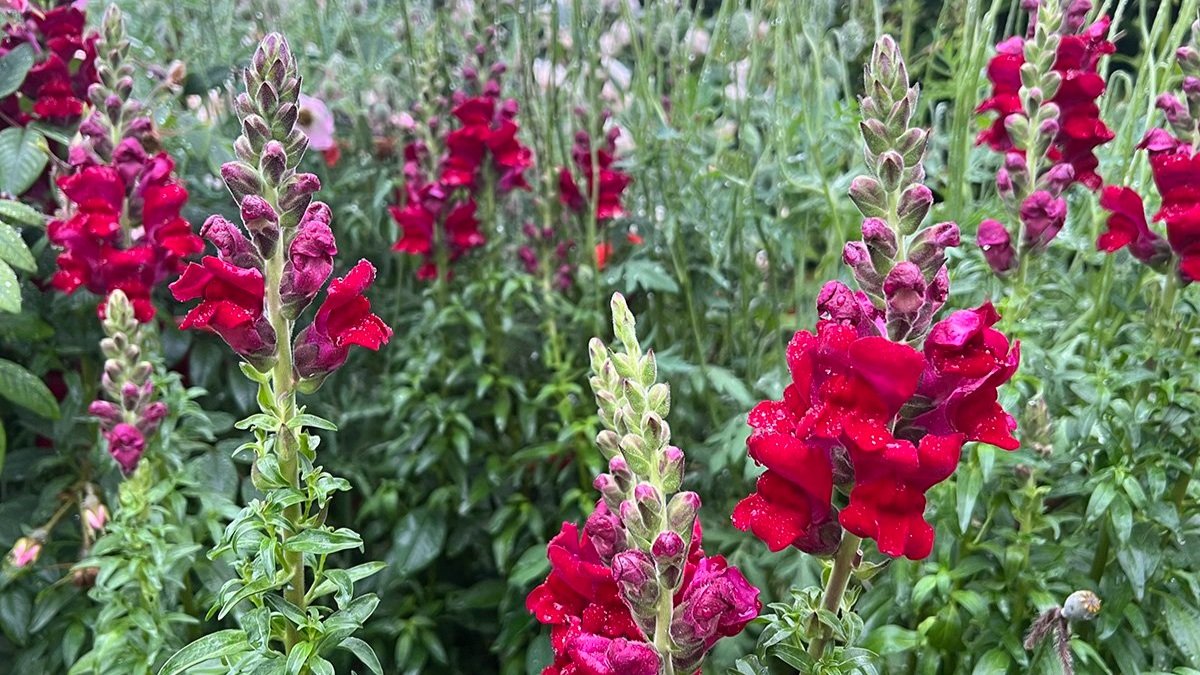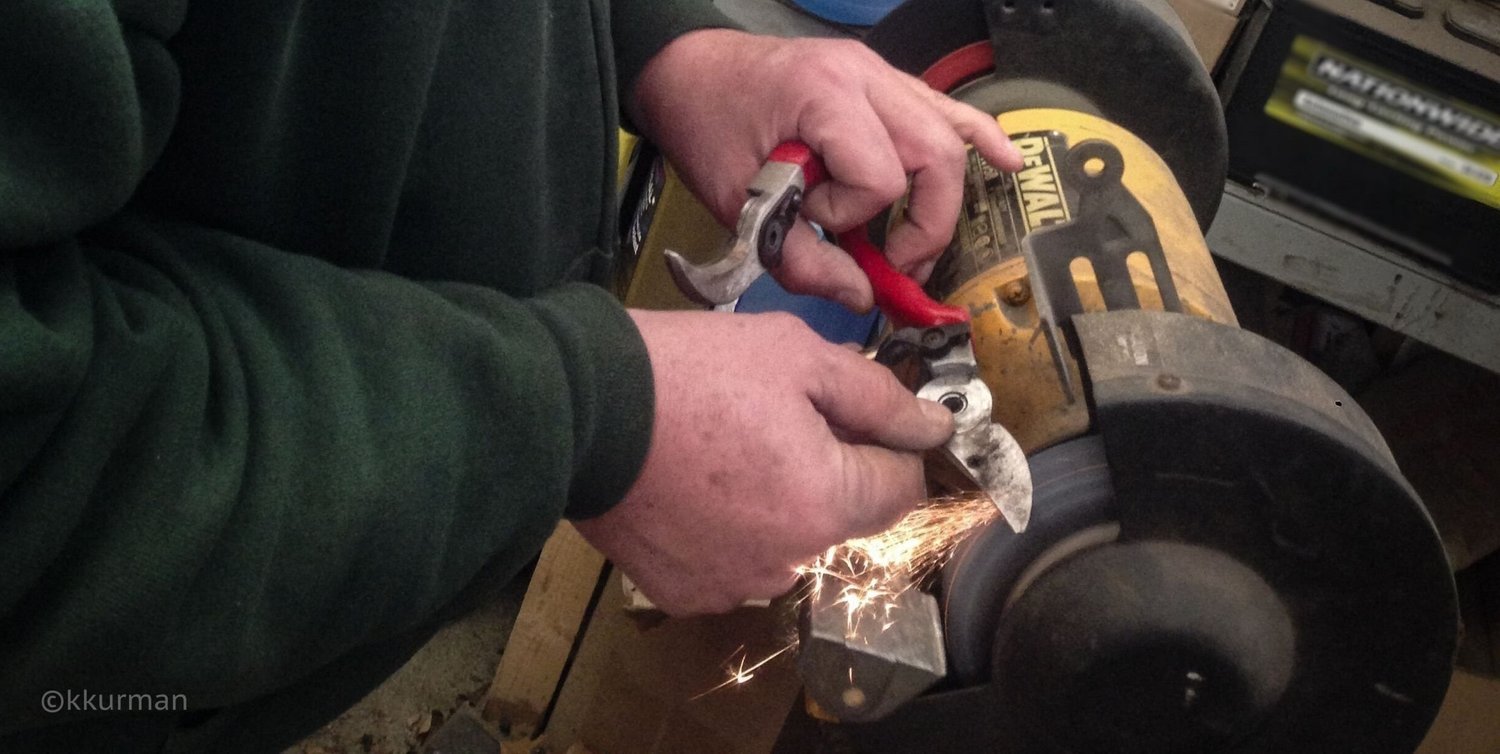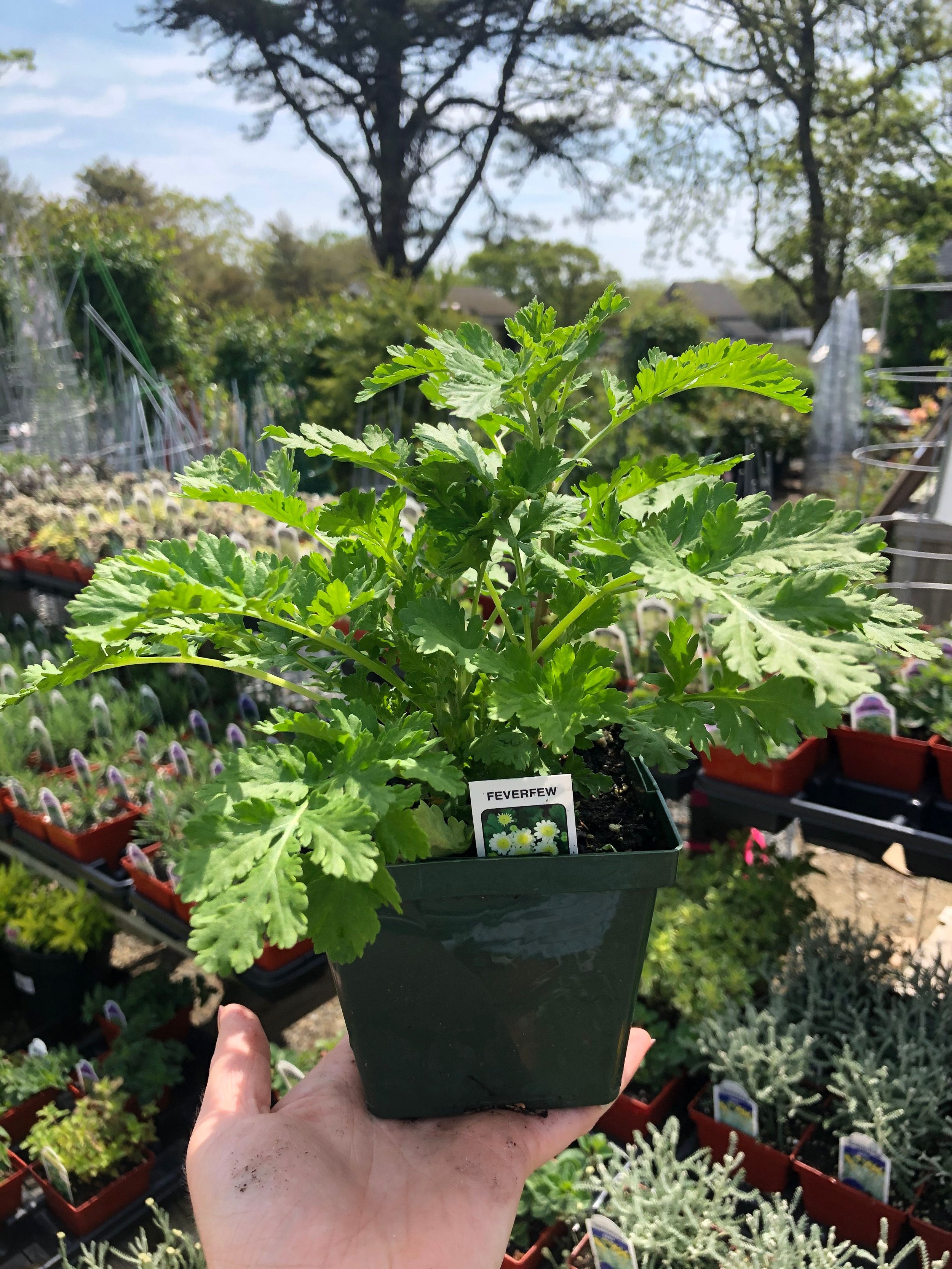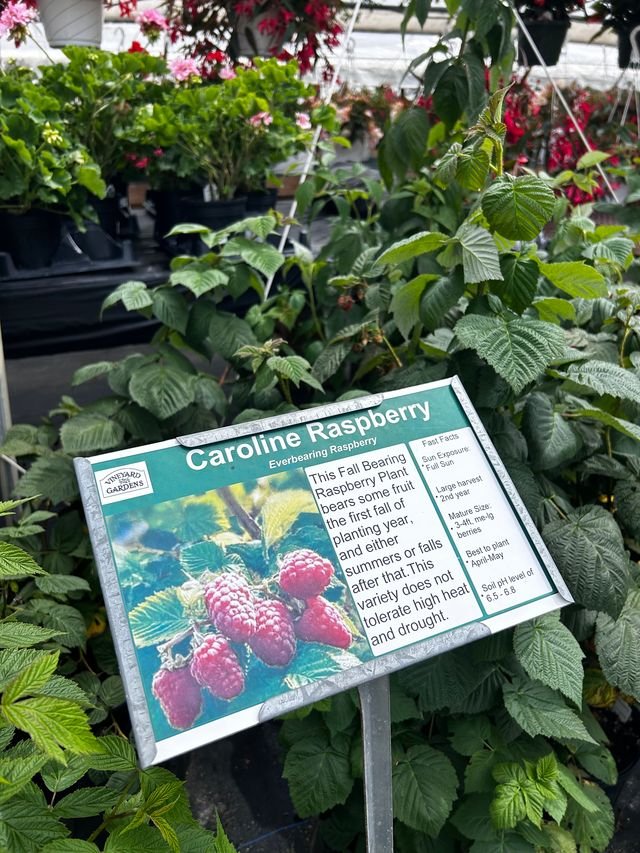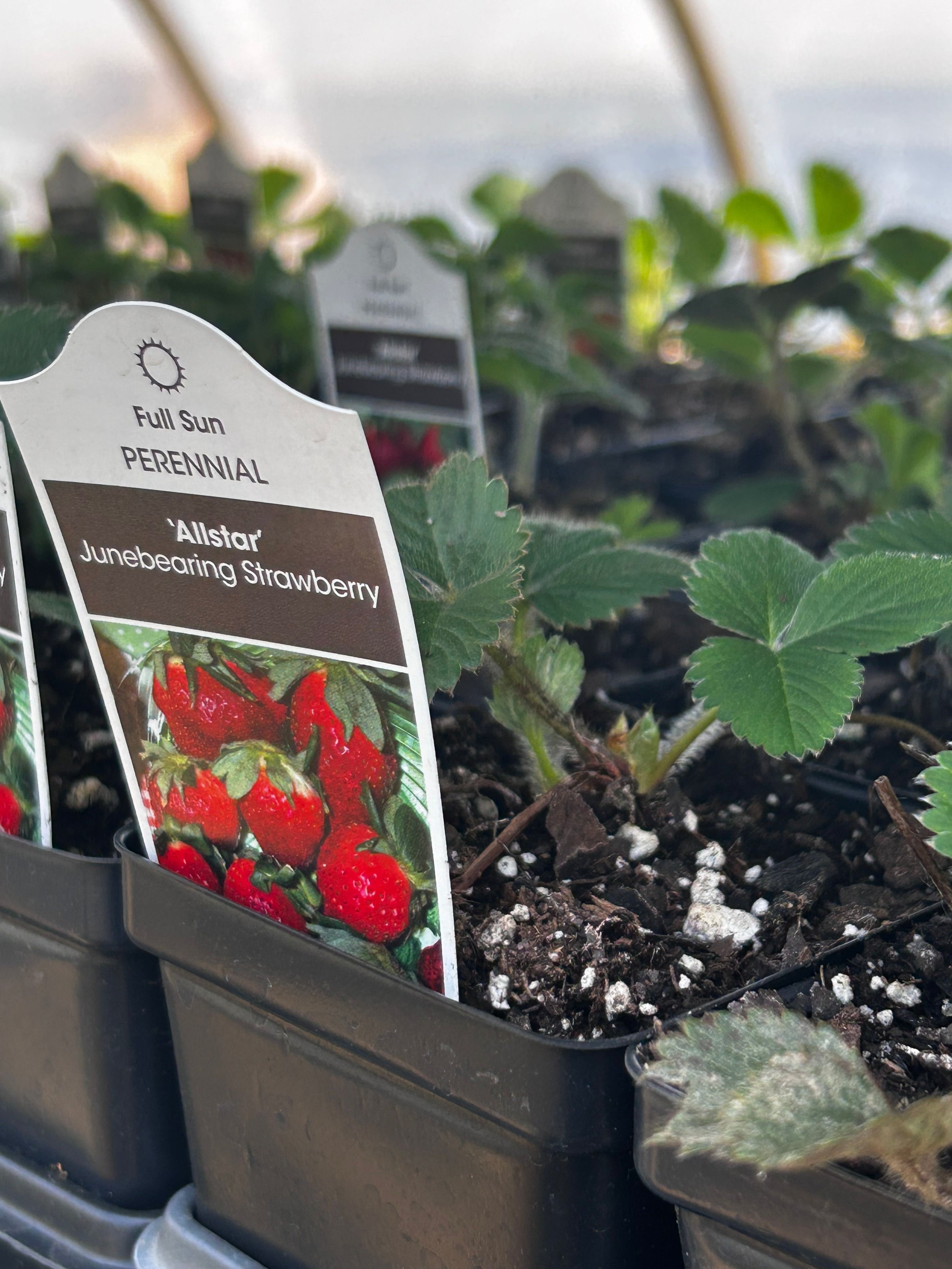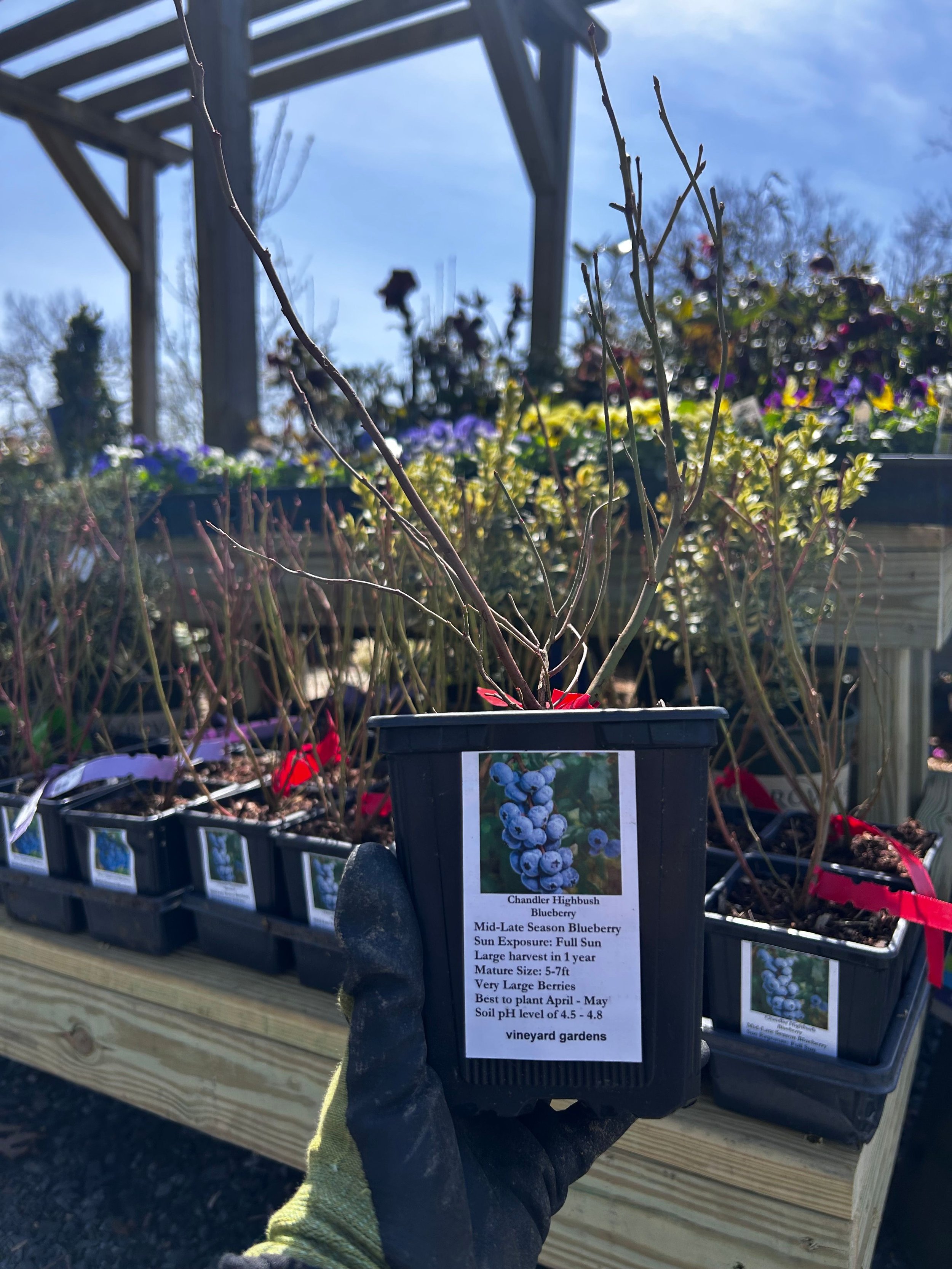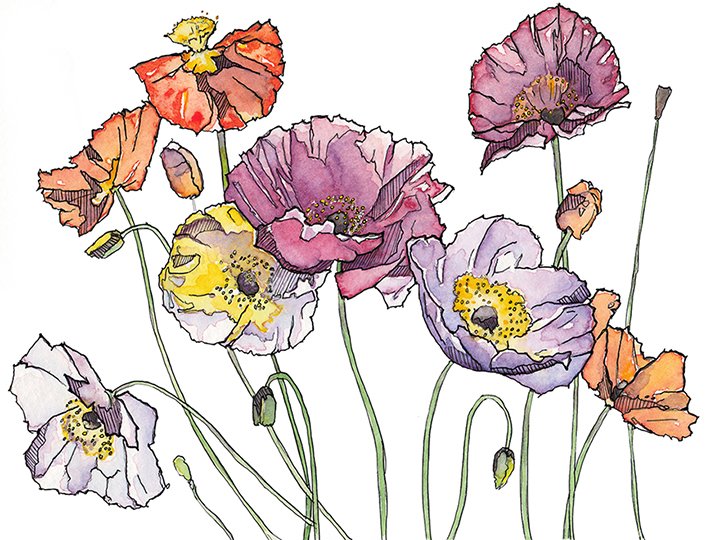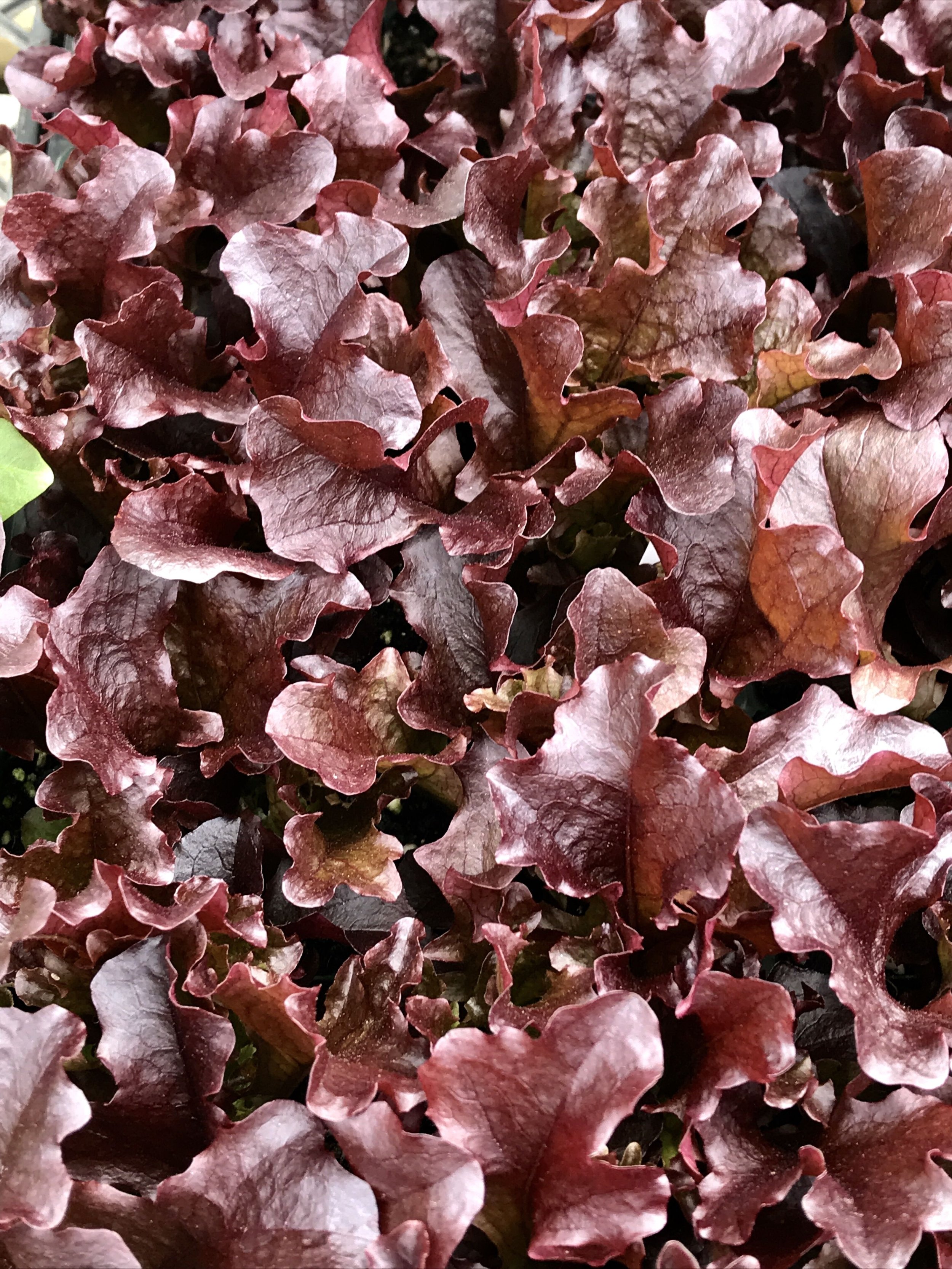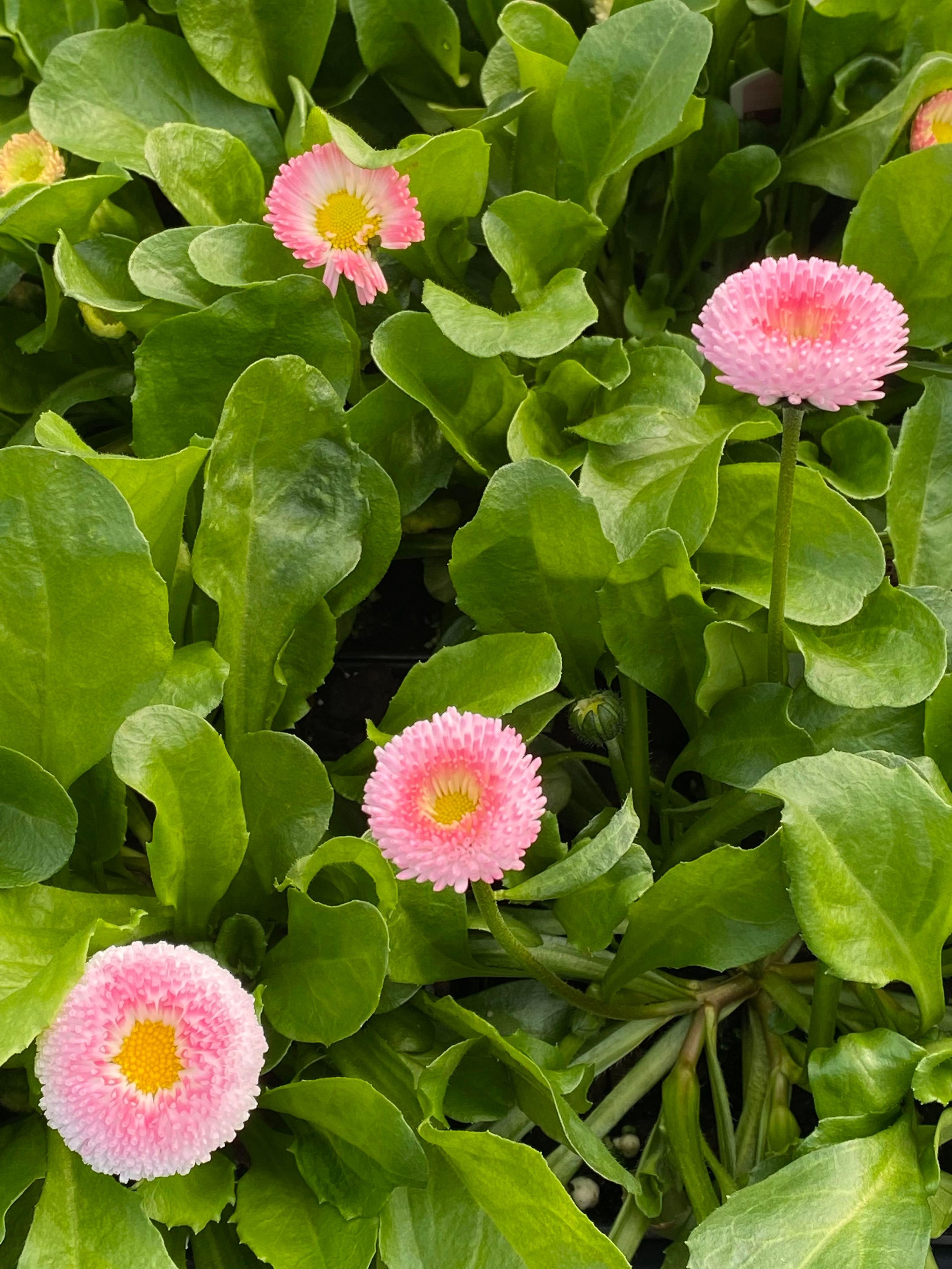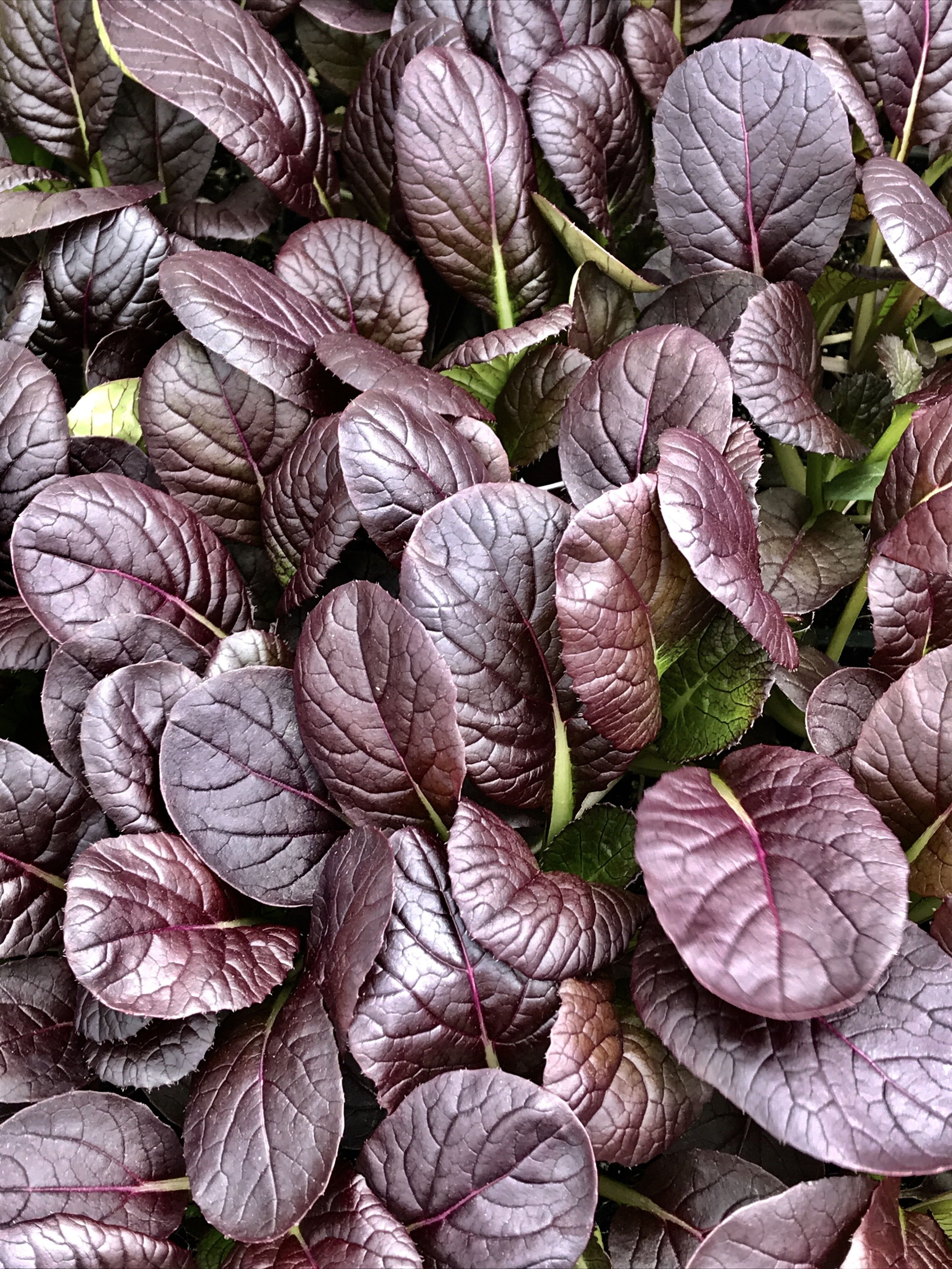CORNFLOWER
Centaurea cyanus (Bachelor Buttons)
******************************
Late Spring Blues
There’s something magical about walking through the garden in late spring and catching flashes of brilliant cobalt blue dancing in the breeze. That’s the unmistakable charm of Cornflower, also known as Bachelor Buttons, a beloved classic that never goes out of style. Here at Vineyard Gardens, we celebrate this beauty in all its hues: the traditional electric blue, soft pinks and deep purples. As part of Andrew Wiley’s Hardy Annual Project, Cornflower was sown in December to encourage strong root development, and are now ready to be transplanted into your garden.
Cornflower (Centaurea cyanus) is a true multitasker. It’s stunning in the garden, a joy in a vase, and secretly useful in more ways than one—from herbal tea to bath salts to everlasting bouquets.
******************************
Why You'll Love
Growing Cornflower
They thrive in full sun and well-drained soil and bloom abundantly in late spring and early summer.
Easy to grow – Even beginning gardeners will find these flowers rewarding.
Pollinator-friendly – Bees and butterflies love them.
Versatile beauty – Ideal for wildflower meadows, cottage gardens, borders, and containers.
Reseed readily – A delightful thing about cornflowers is they reseed themselves in your garden year after year. Plants that reseed are a gardener’s dream—they pop up at just the right time, fill in bare spots, and help tie the garden together beautifully. Cornflowers, along with larkspur and foxgloves, are excellent reseeders that bring a touch of spontaneity and charm to any garden space.
The blooms grow thigh-high on slender stems and create a whimsical, meadow-like effect when planted in mass.
******************************
Varieties Available
at Vineyard Gardens
We carry a colorful selection of Centaurea cyanus to brighten up your garden beds and bouquets:
Blue Boy – The classic brilliant blue that never disappoints
Select Ultraviolet – A moody, rich purple variety
Lady Mauve – Soft and romantic in pink tones
******************************
Harvesting for
Cut Flowers
Cornflowers make wonderful cut flowers, especially for rustic, natural-style arrangements.
Cut early in the morning, just as the flower is starting to open.
Strip the lower leaves before placing in water.
Change the water every other day to extend vase life.
Cornflowers last around 5–7 days in a vase and pair beautifully with other cottage garden favorites like yarrow, snapdragons, and larkspur.
Centaurea cyanus Boy Blue
******************************
Ready to
Grow Your Own?
Whether you're filling a wildflower border or planting for pollinators, cornflowers are the perfect addition to your late spring palette.
Don’t forget to tag us in your cornflower creations. We’d love to see your gardens, bouquets, and dried flower projects!
******************************














